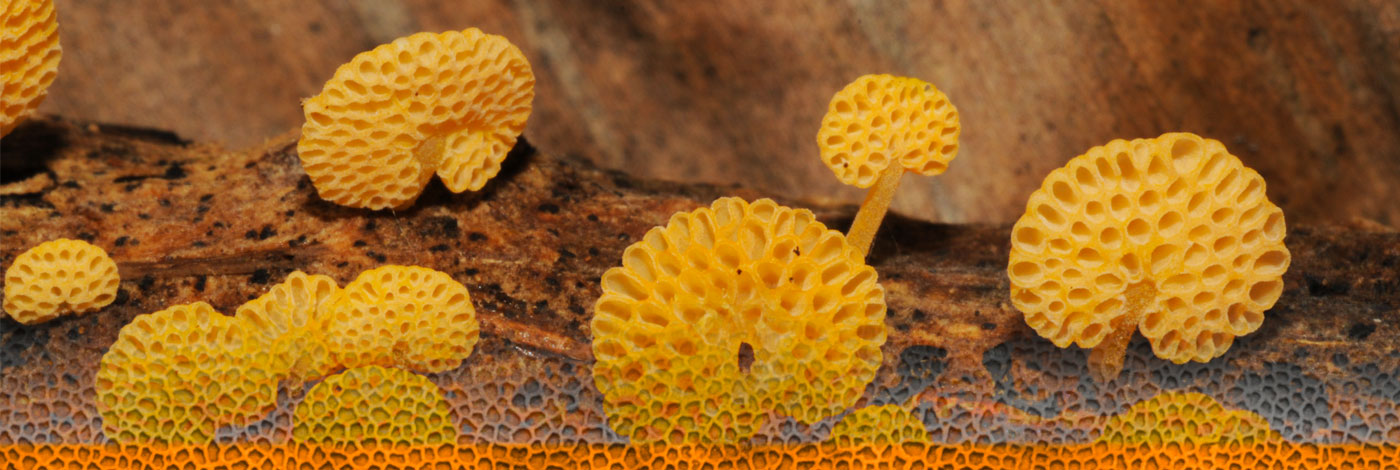
 Cryptogamie, Mycologie
23 (1) - Pages 71-80
Cryptogamie, Mycologie
23 (1) - Pages 71-80The outcome of mycelial interactions between Sclerotium rolfsii and several Trichoderma strains and the antagonistic activity of trichorzianines produced by some of them was evidenced in previous work. The aim of this study was to characterize some ecophysiological properties and saprophytic ability of those Trichoderma strains. Accordingly, the effect of different water potentials, the ability to grow and degrade cellulose and the inhibitory activity of diffusible metabolites were evaluated. The growth rate of ail strains decreased as the water availability was reduced. Only at cp = - 0.138 MPa the growth rate of the majority of T. hamatum strains differed statistically from those of T. harziamum and T. koningii. However, it was not possible to separate among species of Trichoderma for their water requirements. The ability to grow on carboxy methyl cellulose (CMC) was strains related and not species related. In general, the diameter of clearance was directly related with growth rate. The strains with highest growth rate on CMC corresponded to T. hamatum and T. harzianum. Difusible metabolites produced by ail Trichoderma strains significantly reduce the growth rate and the number of sclerotia différentiation. No significant differences were observed between species but the most efficient strains corresponded to T. koningii. The different abilities found among the strains suggest that several of them must be selected for biological control.
Diffusible metabolites, water potential, cellulolytic activity